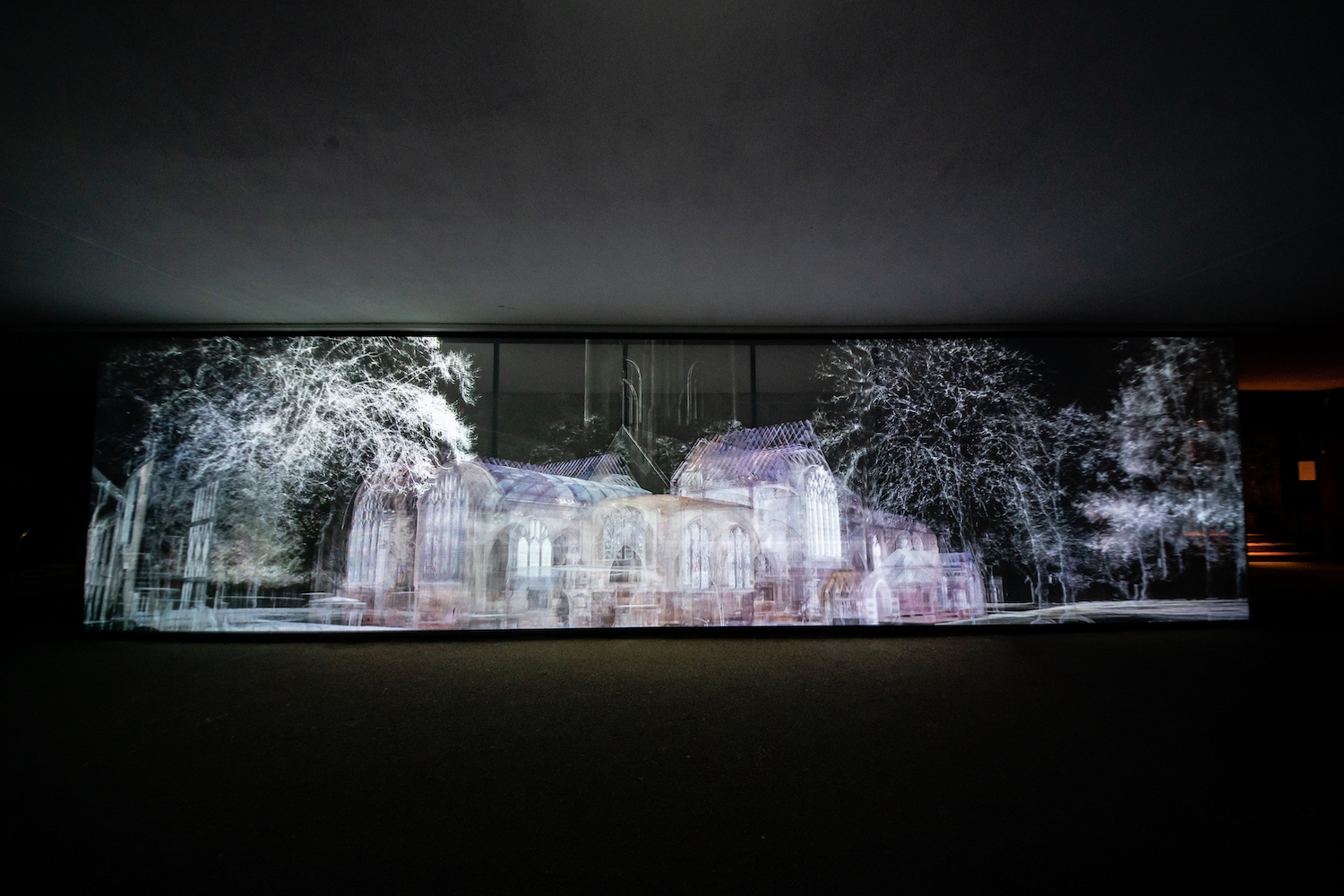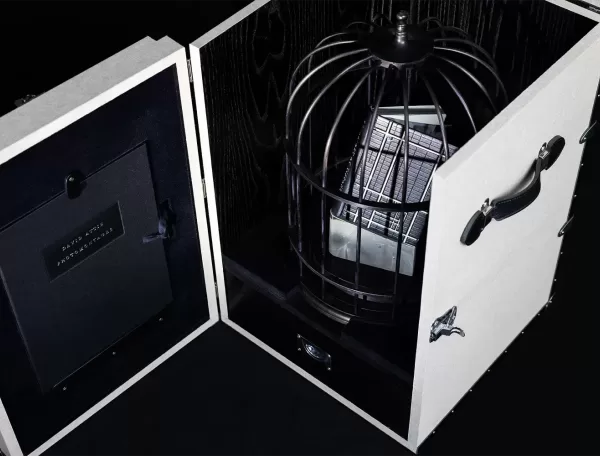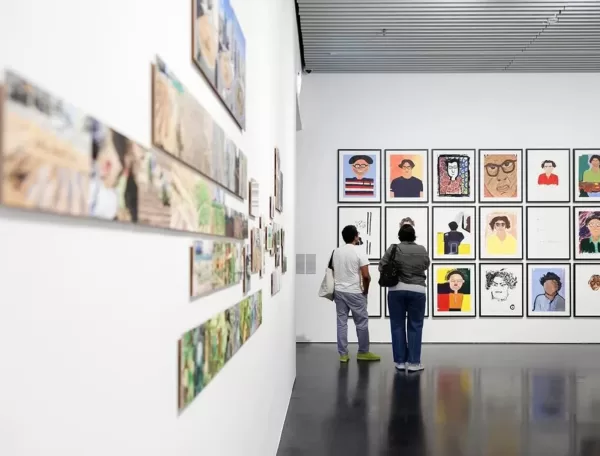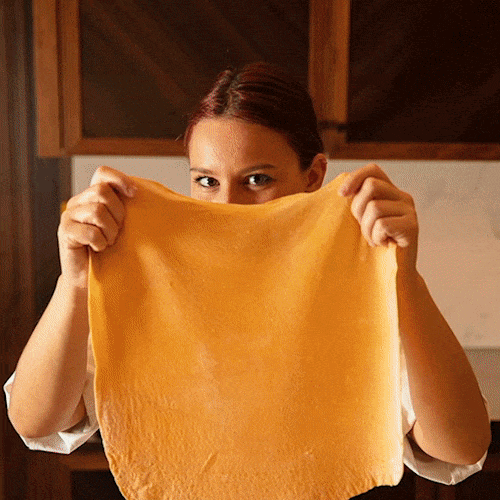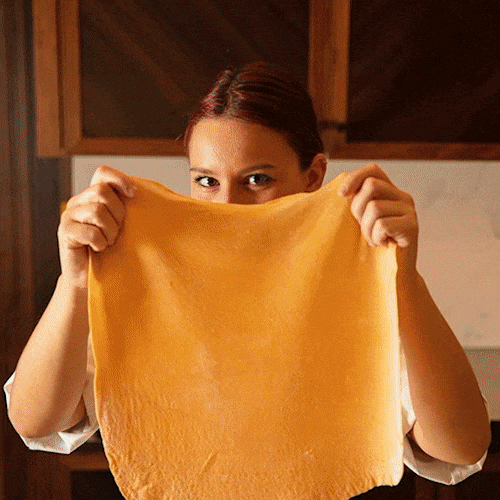Mat Collishaw: I'm a visual artist based in London, and I've been working across a wide range of media from oil painting to virtual reality for 30 years. Anything can become a potential source for my works – something I read in a book on evolutionary biology or see in an advert – but my main interest is the image. How we make pictures of the world and how those images influence or change how we see it, the slippery relationship between those two things.
Quintessentially Art: How do you think technology is changing people's perspective on art or, even more comprehensive, on the art world?
MC: It's an interesting question. In the 15th-century, artists' studios used to be at the forefront of evolving technology, developing pigments, lenses, and mirrors. Photography and then film was very swiftly absorbed into the artist's practice. It could be that I don't have my finger on the pulse, but I don't think this is the case anymore. Advertising, computer gaming, social media and a host of other disciplines have stolen the lead on technological advances, and they are infiltrating our lives at an exponential rate. There are plenty of artists experimenting with these new media, but tech giants drive technological evolution. Smaller companies are almost always swallowed up by larger ones as soon as their application gains market traction.
Social media, particularly Instagram, has really taken off as a tool for artists and galleries – particular during the pandemic and crypto art is blossoming. Still, there isn't a considerable amount of innovation in this realm. However, what it has done is totally transform the way people consume art, making it an instantly visible presence anywhere in the world at any hour of the day. My social media presence is pretty minimal, but I have worked on several projects that attempt to address these burgeoning technologies and the malaise they leave in their wake.
I wanted to look at how we consume imagery, how our biology has conditioned us to respond and ultimately, how much choice we have in accepting what might seem to be natural preoccupations. My work, The Centrifugal Soul, is a combination of hyperreal sculpture and strobe lighting that animates scenes of birds of paradise performing elaborate mating rituals. A modern version of the Victorian zoetrope, I created it to explore how the drive to show off to find a mate has evolved into our insatiable appetite for visual stimulation.
I also created The Machine Zone, which features six animatronic pigeon skeletons in operant conditioning chambers. It's based on the behavioural experiments of psychologist B.F. Skinner (1904 – 1990) discovered that pigeons, and by extension humans, become quickly addicted to random, unpredictable rewards. His work has been used in the architecture and design of multiple social media platforms and their algorithms; we never know when we will get a like, a comment or share so, we keep on tapping our phones and checking the feed. The title The Machine Zone also references the mental zone gamblers enter when they become fixated on waiting for the next card or the next spin of the wheel. I'm currently developing another animatronic sculpture which will be animated by a live Twitter feed; it's designed to respond to the more pernicious communications and content online.
QA: 2020 was a challenging year; however, it is evident that many artists thrived during periods of isolation. How did you respond, and did lockdown affect your practice in any way?
MC: I was fortunate that I had a few commissions just before lockdown, and I could continue with all of them, albeit in a surreally remote way. I do quite a lot of animation work, which basically means sharing video files online with animators in different parts of the world – we build whole environments without leaving our front doors. I also had a large kinetic sculpture in production which I was updated on regularly with email, phone calls, photos and videos.
As these projects were all conceived before lockdown, I started venturing into a series of works that addressed the ghostly quiet that blanketed the country before we erupted into a cacophony of conflict on social media. I made some very quiet, shadowy paintings that were a meditation on this; the fleeting, furtive presence of online trolling and bullying.
QA: What's your background? Where did it all start? Do you have formal training? Have you been mentored by other artists or academics?
MC: I came to London as a teenager to start a degree at Goldsmiths college in the mid-1980s. Goldsmiths was a somewhat cerebral hotbed of conceptual art, and all I had been doing until that point was life drawing. Two years later, I showed an 8' X 12' lightbox photograph of a bullet hole in a guy's head in the exhibit Freeze. A collective effort by 18 students, the exhibition became notorious, but the London art world was still relatively small and insular. Jon Thompson, Michael Craig Martin and Richard Wentworth were three key members of staff at Goldsmiths, and they were all practising artists in their own right, out there showing in galleries and museums around the world. As students, we were encouraged to design their own programs, develop the means to debate ideas and see as many contemporary art shows as possible. This manifested itself in very lengthy drinking hours as we tried to figure out who the hell everyone else was, what they were doing there and how to navigate this confusing and nebulous territory.
Several students from the Freeze were picked up by emerging galleries such as Karsten Schubert and Maureen Paley, creating a buzz indicating a new generation on the rise. We were a large, loosely knit group who all capitalised on the free alcohol available at art openings. The YBA tag became a media construct, an irrelevant way of summing everyone up. All our work was very different. The only cohesion was that we used to hang out together. The moniker didn't say very much; it wasn't like abstract impressionists or cubists.
Charles Saatchi was instrumental in raising the stakes, not only by acquiring artworks with his' eagle eyed' advertising nous for a soundbite and punchy image but the scale and appetite of his Boundary Road Gallery. Large exhibitions of Anselm Kieffer and Jeff Koons in this monumental space were undisputedly ambitious; they helped create a new landscape in Britain. Contemporary art started to be taken seriously. Art had previously been a niche preserve, and despite London hosting exceptional galleries like Lisson Gallery, Anthony D'offay and Anthony Reynolds, it wasn't until the 1990s that the scene exploded into the public eye.
QA: Do you do any research, are you strategic in your approach, or does inspiration come organically?
MC: I try to soak up as much information as possible and let it marinate. Generally, I'm drawn towards material that somehow resonates with contemporary mores, issues that we are dealing with in the current environment and have historical links, something that can raise an idea from being that of the particular to the universal. I have two threads evolving that interlace simultaneously and crystallise into an idea for an artwork. One thread incorporates various themes: social, psychological, philosophical etc. The other thread consists of ways of making things such as virtual reality, animatronics or optical illusions. I try to find the most appropriate medium for advancing the idea or ideas I'm trying to present, and the finished artwork aims to function as a sort of prism through which multiple ideas can be refracted depending on how you look at it. The work I'm engaged in generally deals with perception, how we see and interpret things, and how perception and behaviour can be manipulated and distorted.
I'm particularly interested in how we are pre-programmed genetically to perceive the world in a certain way and behave distinctly. This programming is open to abuse and leaves us vulnerable to religious iconography, political propaganda or advertising. This pernicious hijacking of our psychological vulnerabilities is accelerating rapidly due to digital technology; social media, targeted marketing, information warfare, dark ops, deep fake and cy-bots are creating plenty of opportunities for nefarious activity that I find fascinating and would like to explore.
The internet began with the optimistic notion of bringing people together through accelerated communication, but the honeymoon period is over. Like any tool man has produced, it has become means for exploitation and abuse. Social media companies thrive and monetise engagement, and nothing engages humans more than anger, mob justice and conspiracy theories.
QA: What can audiences look forward to in the future?
MC: My installation Echolocation is currently open in Kingston-upon-Thames. It's a three-channel video work that spans 11 metres of a long alleyway between the river and All Saints Church. The video will be projected onto semi-transparent mesh, which gives the projection a spectral, ghostly quality, so it's best viewed at dusk as night falls.
I've been art directing a film to be shown during live performances of Faure's Requiem. It was scheduled to open in Paris last October with Teodor Currentzis conducting but for obvious reasons was postponed. The film features scenes of elderly people fading away in a dystopian tower block and sky burials – a practice usually associated with countries like Tibet, which I've transposed to the innercity.
Some of the imagery morphed into microscopic footage of viruses. I had one last scene to shoot, which was due to happen just as lockdown descended. It was strangely eerie and disconcerting to be working on this Requiem project while the COVID situation unfolded. I've since revised the edit, removing all references viruses, as we see enough of these animations on the news every night. The project is now due to open in Paris in the autumn before travelling to Antwerp, Baden-Baden and Shanghai.
I'd like to be able to share details of a large kinetic sculpture I've been working on for a couple of years, but that project is still under wraps. There are also several other projects, including a virtual reality journey into an ancient lunatic asylum. This is a highly complex project, and I hope to share more information on it later in the year.
Image above: Mat Collishaw, Echolocation, 2021, Installation view, Courtesy the artist and Jeff Moore
For more information on Mat, please visit his website.
